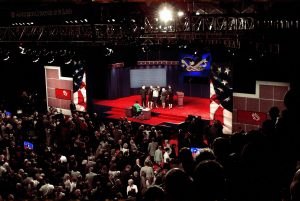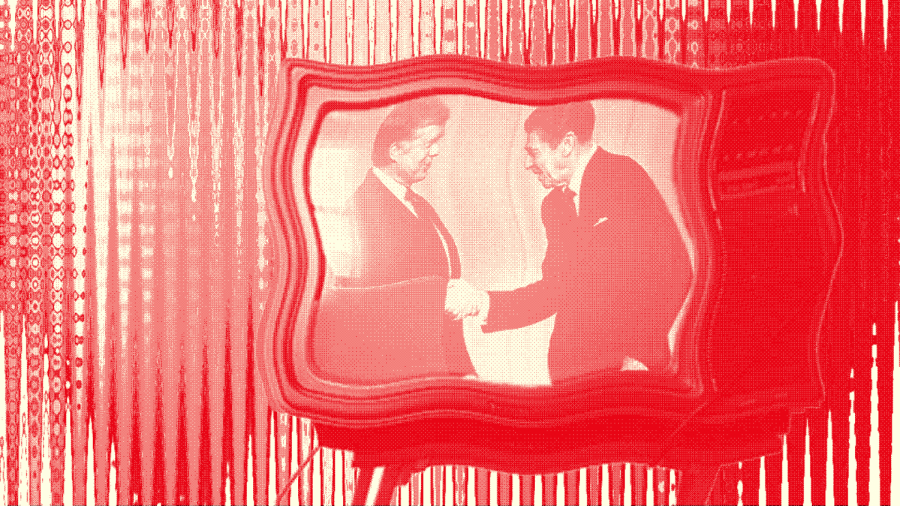“Veep” Debate History: How 50 Years of Televised Debates Set the Stage for Harris and Pence
October 6, 2020
As the sole vice presidential debate of 2020 between Kamala Harris and Mike Pence draws near, I wanted to do some digging about the history of this debate and the candidates involved. Vice presidential debates have been regular and televised since 1976, meaning that there are nearly 50 years of discussion and history between ‘veep’ candidates.
The history of the vice presidential ticket, and the crowd that gathers to watch the face-off between the two parties’ second in command, is incredibly interesting. Like its more popular counterparts between presidential candidates, the vice presidential debate presents a series of relevant topics to the opponents and has them face-off over 90 minutes. Though the vice presidential debates don’t carry much weight in influencing the election turnout, they have left both party supporters with memorable jabs and exciting riffs.
The first official vice presidential debate occurred between Bob Dole on Gerald Ford’s ticket and Walter Mondale on Jimmy Carter’s. Mondale called Dole a “hatchet man,” causing waves in a debate that ended bitterly. Still, 1976 was the push that kept ‘veep’ debates on air and helped open up the shop-talk of a Washington insider to the American people.
Occasionally, the vice presidential debates feature more than two-party opponents, and in 1992, three men took to the podiums to debate. Vice President Dan Quayle, Senator Al Gore and Vice Admiral Stockdale stumbled through an odd, rapid-fire questioning where the third-party candidate couldn’t keep up.
That year, 1992, was Dan Quayle’s second appearance at the VP podium – with George H. W. Bush, they had won the election in 1988. The debate preceding that election posed Quayle against a Democratic Senator Lloyd Bentsen, who got in a solid punch that still rings in the history of this debate. Quayle spoke of himself having “as much experience in the Congress as Jack Kennedy did when he sought the presidency,” to which Bentsen responded, “I served with Jack Kennedy. I knew Jack Kennedy. Jack Kennedy was a friend of mine. Senator, you’re no Jack Kennedy.” This remains one of the biggest moments in the legacy of the VP debate.

Often, the vice presidential debates have much lower rates of viewership than their presidential counterparts, according to the Pew Research Center. However, the exception to this rule was the 2008 debate between then Sen. Joe Biden and Sen. Sarah Palin, drawing in over 69 million viewers and besting all three debates between then Sens. Barack Obama and John McCain in numbers.
There isn’t a clear explanation for the jump in viewership numbers – was it simply because there was a woman on the ticket? The 1984 vice presidential debate was the first to feature a woman on the ticket of a major party when Rep. Geraldine Ferraro went head-to-head with the sitting Vice President George H. W. Bush, facing his patronizing comments regarding foreign policy matters with Iran and Lebanon.
Though the democratic ticket lost in 1984, Ferraro’s debate was a precursor to Palin in 2008, and now Kamala Harris in 2020. Facing sitting Vice President Mike Pence, the two will have the sole opportunity to fight for their party and justify their opinions. With this debate being the first to feature a woman of color, I hope that draws a great swath of viewers from both sides of the aisle who tune into timely discussions of systemic injustice, the climate crisis, and more issues that the next president and vice president of the United States must face.









Robert servatius • Oct 6, 2020 at 8:44 pm
Glad that tuition went to host a debate between two people I wouldn’t vote for. Blocking traffic is a plus.